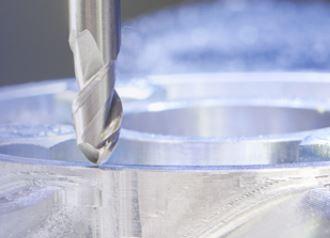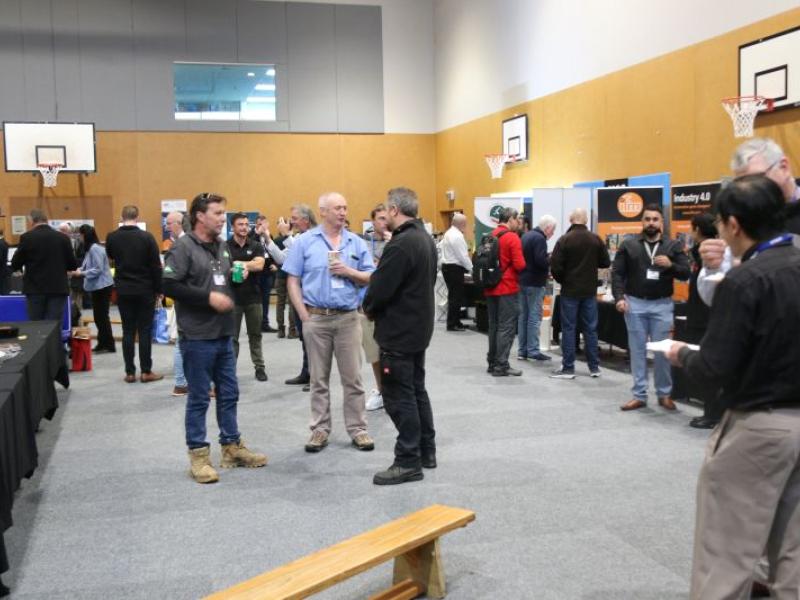If there was ever a time for Lean Maintenance, then the Covid-19 Pandemic absolutely underscores the agile management capabilities that the Lean philosophy provides. Lean Maintenance provides the ability to scale the amount of maintenance activity up or down to suit the circumstance whilst still controlling the maintenance effectiveness.
While the Covid-19 pandemic has taken the world by surprise, the need to make sudden step changes to the business model is not that unusual, driven either by natural causes, processing changes or financial stress. A very public local example of step change scaling was the Christchurch earthquake, where a number of Christchurch based operations ceased to operate on that fateful day. – Forever - Production output was transferred overnight to sister sites, leaving the newly enlarged sites to work out the ramifications to maintenance plans and budgets.
Covid-19 throws up a wider range of outcomes, from cessation to drastically altered throughputs, but most prevalent, cash flow stress. In this circumstance the balance sheet spotlight falls on reducing or stopping the maintenance budget. Maintenance deferral is a favoured tool of corporate warriors when faced with FAT Maintenance, (budgets built on Fear and Tradition) and amateur maintenance teams led by personality and opinion rather than professional systems and processes.
The tensions of a maintenance budget scale-down are the same regardless of how good your maintenance team are and what the business or industry; What do we stop doing? What can we NOT stop doing?
It is at this point that the unsystemised, FAT Maintenance sites hit a problem. The tendency is to FREEZE THE BUDGET; turn off all preventative maintenance as ‘un-necessary’ or ‘deferrable’. This is hard to argue if your system is full of FAT driven first generation PM tasks. You defer the annual overhaul by 6 months. What happens? Nothing. The plant does not catch fire. Things keep running.
We will break the discussion here into two groups, those that have achieved Lean Maintenance (or Maintenance Excellence) and those that have not.
A Lean Maintenance system will be full of optimised PM tasks that have been continuously tuned to the current state of YOUR plant. No tick and flick checks, no mindless PM frequencies, (monthly, 6-monthly, annual), no blind CYA manufacturers recommendations. Your PM task frequencies are based on developed operational science so that when a PM task comes due, both YOU and your production customer agree that you are in orange light zone. Deferral brings an imminent risk of failure. Fires will start in your plant. All hell will break loose. No accountant will or can argue deferring optimised tasks against that level of operational science.
Whatever the driving factor for the step change (a specific budget amount or new plant throughput) the process is quite fast in a Lean system. Simply work through the PM task list with your production customer and agree on the acceptable level of maintenance effectiveness (reliability divided by cost). You now have the desired scaling for your new situation. Done.
For the rest of you, the first step is to challenge why you too are not in this position and perhaps take the first step to professionalizing your maintenance management function. It is eminently possible and (with guidance) very simple to achieve. You don’t need truckloads of consultants, corporate input or expensive computer tools. You do however need to be prepared to evolve and about 2 years to achieve Maintenance Excellence. Taking that first step TODAY is the best career move you will ever make.
Meanwhile, you have a massive dead rat in front of you. Here is the layman’s guide to quickly slicing out your budgeted costs:
- Separate your work schedule into maintenance and non-maintenance tasks.
- Separate the maintenance tasks into compliance (statutory, food safety, customer compliance) and preventative maintenance.
- Approve the compliance PM tasks.
- Identify all PM Tasks with stagnant frequencies, (1 month, 3 months, etc.).
- Challenge the frequency of each routine. Why is it set at this frequency? Check the asset history, PM task results, operator input and production feedback. Normally we would recommend extending the frequency by 12% per cycle (so 30 days becomes 34 days, then 38, 43, etc.) as part of a longer optimization process but in this circumstance, you may need to be more aggressive.
- Set the new frequency and record your findings and reasoning. (Don’t skip this step).
- Approve the optimised PM tasks.
- Separate the non-maintenance tasks into compliance and non-maintenance.
- Take any non-maintenance “compliance” tasks to your Compliance Management team and challenge the authenticity and necessity of actioning the task now. If necessary, trace the requirements back to compliance rules first principles. Involve the initiator in the dialogue. (Clue; if the job sits in a massive backlog of work and is aged, it is no longer vital).
- If the task is deemed “vital”, get signoff by the Site Manager to proceed.
- Take the rest of the non-maintenance tasks
- Separate into dead, nice to do, defer to later, must do now. Involve the initiator in the dialogue. (Clue; if the job sits in a massive backlog of work and is aged, it is no longer vital).
- Approve the must do now non-maintenance tasks
This is now your immediate working schedule. If you have taken the time to add estimated costs to each task, you have the beginnings of your scaled down maintenance budget.
Also, an insight of where your maintenance management system SHOULD be.






